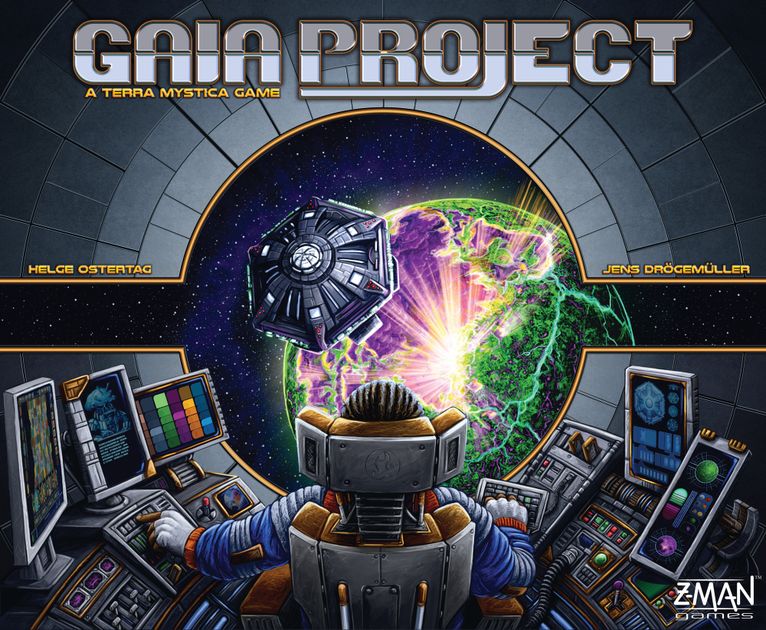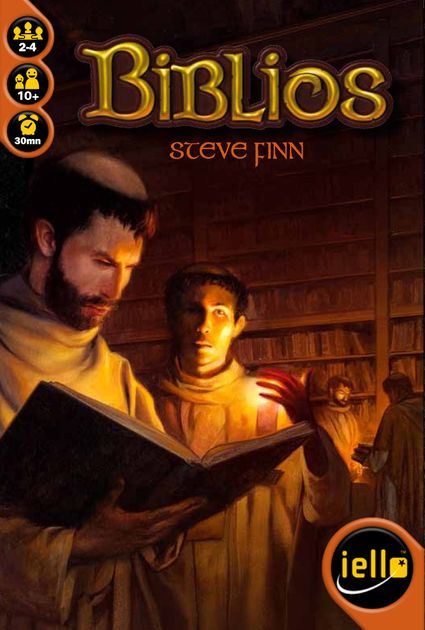Esta semana, como parte de las actividades asociadas a la conferencia Work in Progress, mi amigo Carles Gutierrez proponía el taller: Colaboración en espacios virtuales, dónde la idea era el que los integrantes (performers, artistas visuales, plásticos, programadores, personas interesadas en serious games, etc… ) pudieran generar contenidos que permitan una interacción entre personas a través de la fachada digital de Medialab Prado.
Yo, hace mucho rato venía buscando excusas para colaborar con él y hacer algo para la fachada, así que no lo dudé y me inscribí al taller.
Fueron tres días muy interesantes, Carles nos inspiró con experiencias pasadas (propias y de otros lugares), nos explicó las oportunidades y limitaciones de trabajar con la fachada, nos hizo un curso flash de Processing y junto con los otros participantes del taller nos ayudó a conceptualizar tres ideas - al final el tiempo sólo nos dió para implementar una - para hacer en la fachada.
Fué un ejercicio, si bien corto, muy divertido y lo más importante todos pudimos colaborar desde nuestras experiencias y al final tener algo para mostrar.
No sé que días esté disponible, pero si algun día pasan por la Plaza de las Letras, frente a Media Lab prado y ven algo como ésto:

Es hora de jugar a descubrir lo que se esconde en los rincones del Barrio de las Letras ;-)


